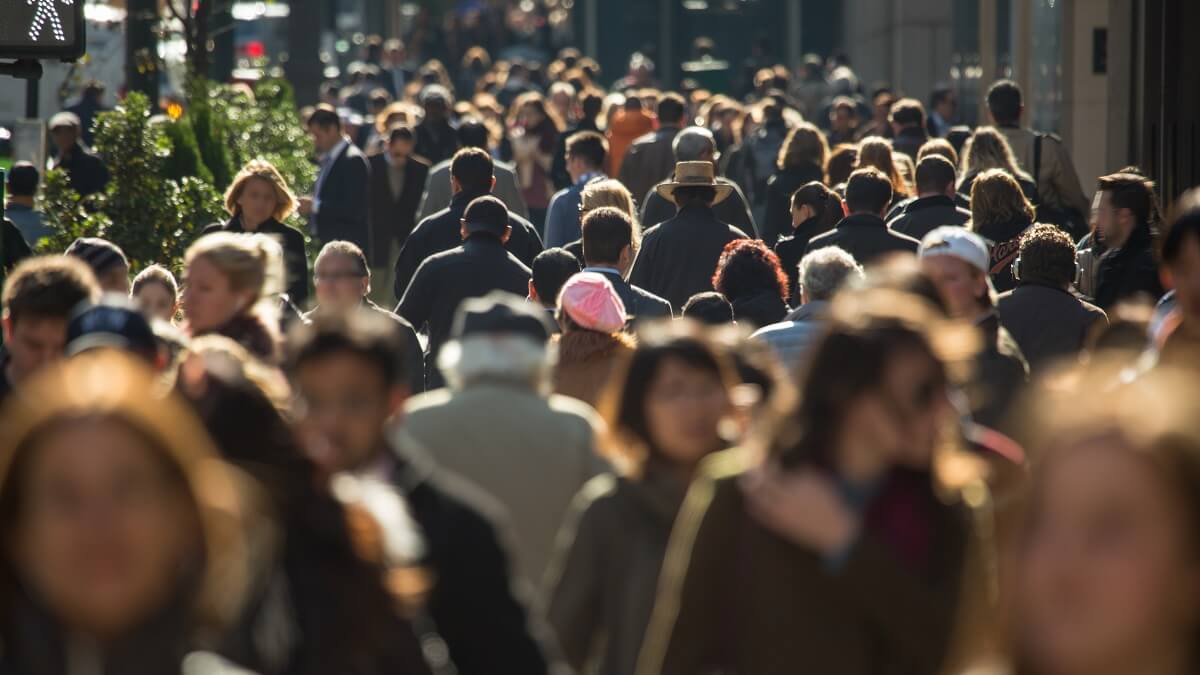It’s already been more than a year since our most recent Census. It was on 10 August last year that most of us logged on to the Australian Bureau of Statistics (ABS) website and shared our details with the government.
Thirteen months on, what have we learnt about who we are and where we are heading as a nation? The ABS has been drip-feeding us with morsels, but the ‘big picture’ news came out recently with the Snapshot of Australia report.
That report answers many of our questions and perhaps corrects some of our misconceptions of the people who make up our nation.
Is Sydney still more populous than Melbourne?
Greater Sydney remains the largest city in Australia, with 5.2 million people, but Greater Melbourne, with 4.9 million people, is not far behind. These figures compare with Sydney’s 4.8 million people and Melbourne’s 4.5 million in the 2016 Census.
Read: Our population will double in 80 years. Where will they all live?
Brisbane remains the third-largest capital city, with 2.5 million people.
Looking at the states and territories, the population of NSW is now 8 million, and in Victoria it is 6.5 million. Queensland has 5.2 million, Western Australia 2.7 million and South Australia 1.5 million. Tasmania has 558,000 people, the ACT 454,000 and the Northern Territory 233,000.
Have the millennials taken over from baby boomers?
Almost, but not quite! The Census count by generation reveals that 21.5 per cent of Australians are millennials, defined as being 25 to 39 years old. This is the same percentage as baby boomers (55 to 74 years old).
Gen X (40-54) comes next with 19.3 per cent, followed by gen Z (10–24) and what is now known as gen alpha (under-10s). Older Australians (75 or over) make up 7.5 per cent of the nation.
Are we losing our religion?
The number of Australians professing a faith continues to fall, with 38.9 per cent of the population reporting no religious affiliation, well up on the 2016 figure of 30.1 per cent. In 2021, 43.9 per cent of the population identified as Christian – a decrease from 52.1 per cent in 2016.
Read: Taxing wealth can solve ageing population’s health woes
Outside of Christianity, Australia’s top five religions are Islam, Hinduism, Buddhism, Sikhism and Judaism.
Interestingly, more people answered this voluntary question in 2021 (93 per cent) than in 2016 (91 per cent).
Is Australia becoming more culturally diverse?
Yes. The number of people living in Australia who were born overseas continues to increase. The proportion of Australian residents born overseas (first generation) or have a parent born overseas (second generation) is now more than half, at 51.5 per cent.
Read: ‘No religion’ is Australia’s second-largest religious group
In terms of ancestry, the demographics are similar to 2016, with English at 33 per cent, Australian at 29.9 per cent, Irish at 9.5 per cent, Scottish at 8.6 per cent and Chinese at 5.5 per cent.
Are we healthy?
The ABS introduced questions about 10 common long-term health conditions for the first time. These included dementia, arthritis, cancer, heart disease and stroke.
A total of 4.8 million people reported having one of the selected long-term health conditions, while 1.5 million had two of the selected long-term health conditions.
Further data collected in the 2021 Census can be found on the ABS website.
Do the results of the Census surprise you? Has your neighbourhood undergone demographic change? Why not share your experience and thoughts in the comments section below?

